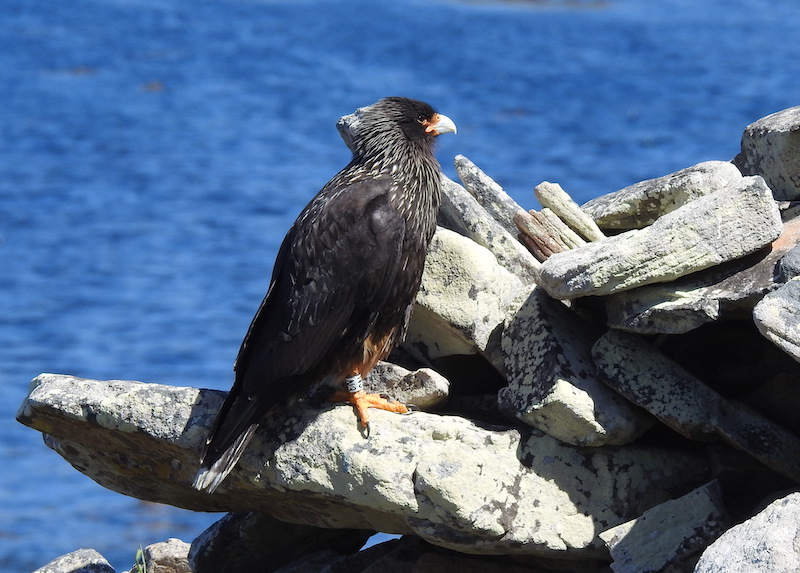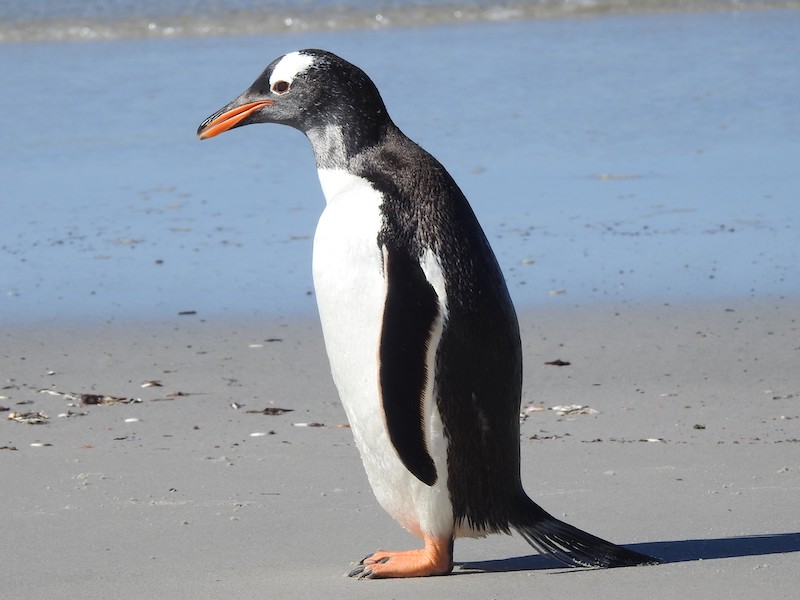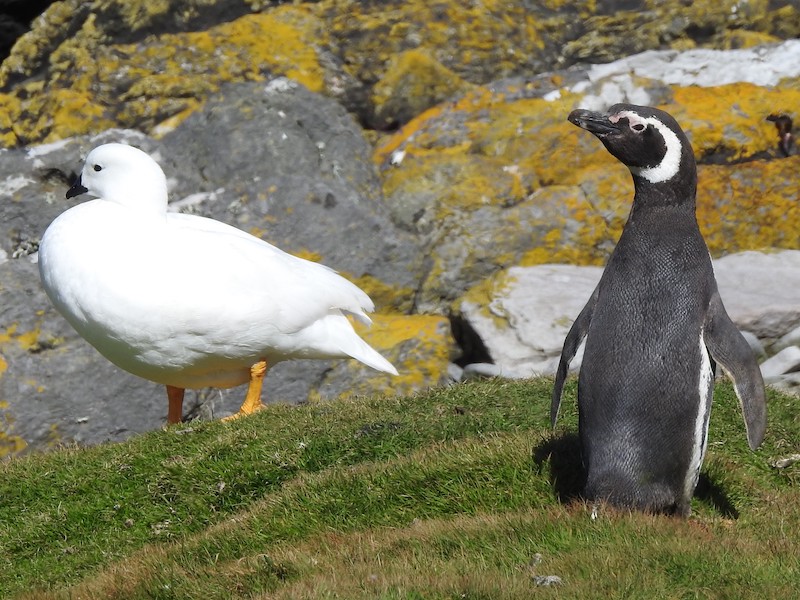If you want to get within touching distance to an abundance of wildlife and in particular birds, then jump in a car to RAF Brize Norton and get on the first possible plane departing for the Falkland Islands.
The Falkland Islands (Islas Malvinas) are an archipelago in the South Atlantic Ocean on the Patagonian Shelf. The principal islands are about 300 miles (483 kms) east of South America’s southern Patagonian coast, at a latitude of about 52°S. The archipelago, with an area of 4,700 square miles (12,000 square kilometres), comprises East Falkland, West Falkland and 776 smaller islands. As a British overseas territory, the Falklands have internal self-governance, and the United Kingdom takes responsibility for their defence and foreign affairs. The islands’ capital is Stanley on East Falkland.
Whilst it’s not teeming with vast quantities of different bird species, it houses some beauts and gives you unparalleled access to some rarities including the Blackish Cinclodes and stunning yet cheeky, Striated Caracara.

Flying into Mount Pleasant, you’ll transfer to Stanley as a base, and a must take trip (and what a trip it is!) is to Volunteer Beach which has one of the northernmost colonies of King Penguins in the world. A variety of waders, geese, gulls and two other types of penguins are found there too.

Away from the main islands you have a variety of smaller islands to travel to. The ‘musts’ amongst them have to be Sea Lion Island to the south and Saunders Island to the north-west which houses the largest colony in the world of Black-browed Albatross, and is the perfect place to sit down and watch the Rockhoppers’ in all their elegance in the water and observing what characters they become when they hop out.

The whole experience is made easy and enjoyable with the help of the islanders themselves, traveling around the islands with FIGAS is hugely entertaining. Most people know their fair share about birds too and who can blame them with this ‘wildlife paradise’ on their own doorstep.
Major Source: Fatbirder
Photo Source: Birding Ecotours
Map Source: Wiki Commons
